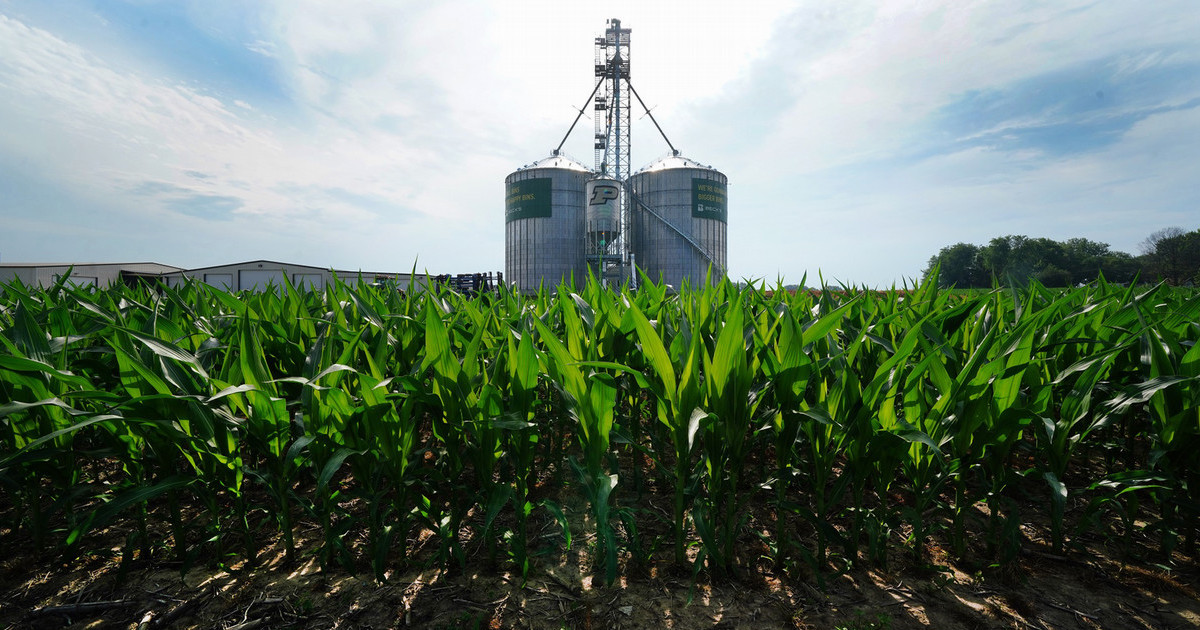Let’s Shake it Up!

~by Heather Strohm
Regional Extension Educator, Community Development – Purdue University
We have always heard that change is good and change brings about new ideas. What happens when an event, business or community fail to change? When change fails to happen the business will ultimately close, the event will cease to occur, and the community will lose jobs–all of which hurt local residents.
Through the years, I had opportunities to attend an event that was regarded as a community celebration. For several years, I have heard local residents reminisce about the past history of this event compared to how it currently operates. Due to lack of change within the community, including local elected leadership and nonprofit board members, the event continues to draw fewer people annually than it did in previous years—and will likely eventually die off unless someone grabs the reins and energizes it. So how do you start to change something when no one is cooperating? While I don’t have the full answer to that, I would still like to share some suggested best practices:
Eight steps for productive change:
- Step 1: Change leadership. This is the moment to pull in those younger residents who have been on the sideline waiting for an opportunity to influence community dynamics. Don’t be afraid to change your “traditional” policy to fit their new leadership ideas.
- Step 2: Establish a sense of urgency. This will permit you to convince others about the importance of acting immediately and what happens if you don’t.
- Step 3: Create a coalition. A coalition should have enough power and people to lead the change, while encouraging the group to work as a team.
- Step 4: Develop a vision for change. Communicate the direction in which you are headed.
- Step 5: Communicate the vision widely. People outside of the event steering committee need to be “in the know” and all community stakeholders should have buy-in. People don’t support what they don’t help create.
- Step 6: Remove obstacles—or develop systems to overcome them.
- Step 7: Showcase and celebrate the small wins. A series of small wins = a big win!
- Step 8: Never give up. Change is a difficult process, but we all know that not only is change the only constant, but it’s also healthy.
Sometimes new leadership is needed for change and sometimes current leaders need to look at their companies, events and communities in new ways to identify how to best support their ecosystem. As you consider change, listen to this podcast from University of Minnesota Extension for some more ideas: https://extension.umn.edu/vital-connections-air/special-episode-08-festival-and-events-during-pandemic.


